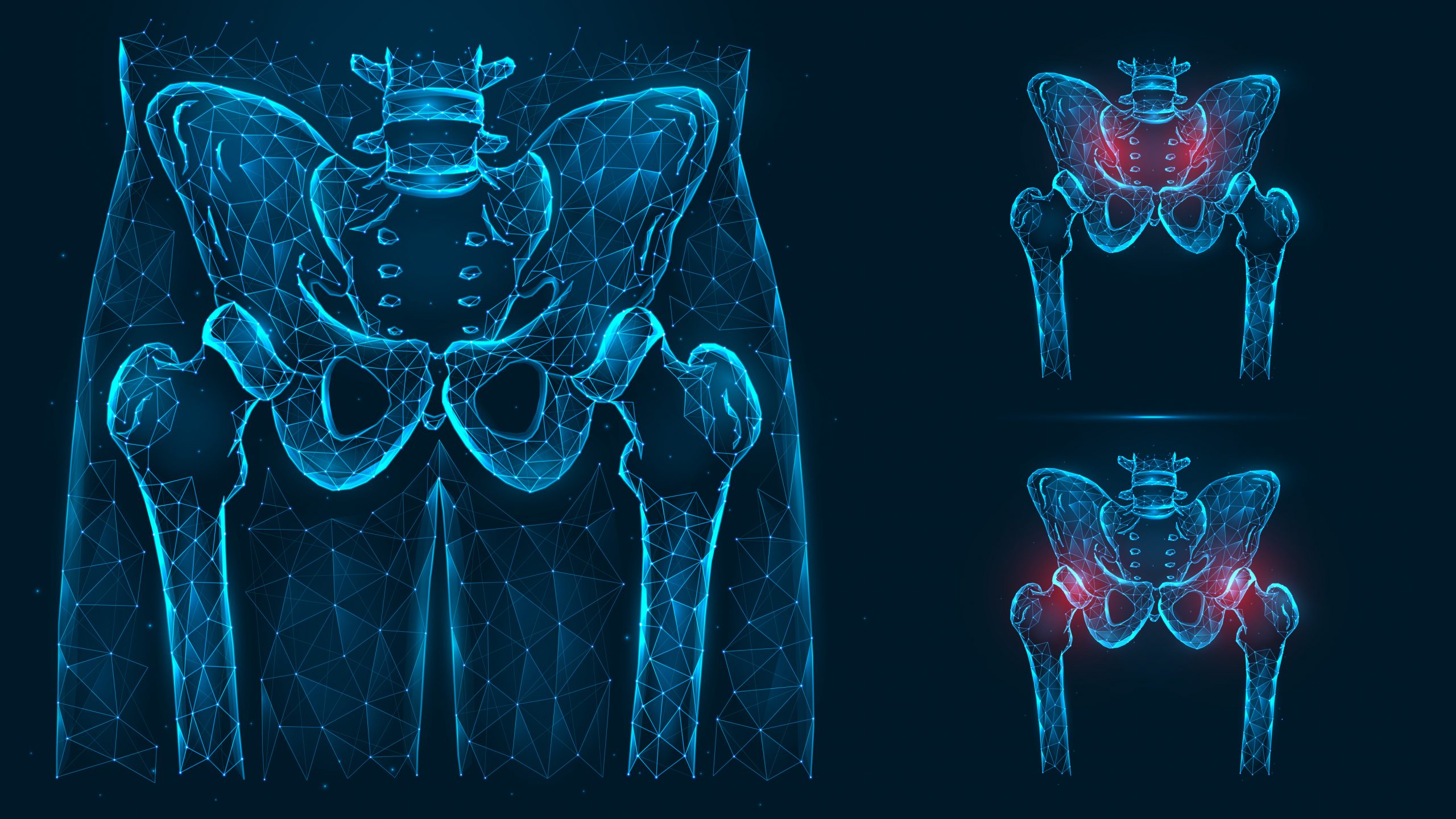- Conditions
- Procedures
- Patient care
- Why choose us
- Our Doctors
- Contact
What are common painful hip problems?

A guide to common hip problems, including bursitis, tendinitis, strains and labral tears
Hip arthritis and fractures are generally the most frequent hip injuries that are diagnosed and treated, but there are many other common hip problems. This typically includes bursitis, tendinitis and muscle strains. These types of hip injuries and conditions often heal on their own without more involved care, but may require professional attention to heal properly.
In fact, some of these hip problems can worsen and lead to chronic symptoms if they are not treated in a timely fashion. To provide a clearer picture of these hip problems and how they can be treated, USA Spine Care has created this helpful overview. Please feel free to reach out to one of our representatives if you’d like to learn more or you have any questions.
What causes different types of hip problems?
The major joints throughout the body require the right balance of flexibility and strength to perform daily activities. This is what makes joint injuries, including those in the hip, such a frequent occurrence. If you think about the basic activities we perform every day that put stress on the hips, including running, walking, jumping and even just sitting in a chair, it’s easy to understand how stress gets placed on them so easily.
Whether caused by the natural aging process or injury, common hip problems that result in pain and other symptoms can include the following:
- Bursitis of the hip — The bursae are fluid-filled sacs in our joints that provide lubrication for smooth motion. Certain strenuous movements and injuries can irritate the hip bursae and cause pain and inflammation known as bursitis.
- Hip tendinitis — The tendons are strong pieces of tissue that connect bones to other bones in joints. If these tendons become irritated, as is common in the hips, tendinitis can develop, resulting in pain and reduced range of motion.
- Labral tears — The hip labrum is a piece of strong flexible cartilage that lines the hip joint. Injury, structural issues and age-related breakdown can cause tears to develop that inhibit motion and cause discomfort.
- Muscle strains — There are a number of muscles in the hip, including the hip flexors, that help stabilize and rotate the hips. These muscles can develop strains as a result of strenuous physical activity or a sudden twist or turn.
More details can be found in this link
Primary symptoms of hip conditions
Specific hip symptoms will vary according to the injury or condition that is present. However, many of these hip problems do have common symptoms, including:
- Pain and inflammation in and around the hip
- Restricted range of motion
- Locking or sticking in the hip
- Visible swelling, tenderness and inflammation
- Popping, cracking and grinding sensations
Patients should never ignore a persistent hip problem or try to diagnose and treat it themselves. Always see a qualified medical professional if pain does not improve in a few days, or a week at the most, to lower the risk of the injury worsening or not healing properly.
How do doctors diagnose hip problems?
When attending a diagnostic appointment for hip pain, it is helpful to prepare by bringing a journal of symptoms, daily activities and triggers for any problems. You can expect your doctor to review you and your family’s medical history to identify elevated risk of hip problems.
Next, your doctor should conduct a physical evaluation that involves range-of-motion testing and a hands-on hip examination to find tender areas or painful spots. Diagnostic imagery, such X-ray or MRI may also be needed to confirm diagnosis.
After diagnosing the hip condition, you can then work with your doctor to develop an effective treatment plan.
Conservative treatments for common hip problems
For many common hip problems such as strains, sprains and bursitis, basic conservative treatments like periods of rest, cold compression therapy and heating pads can help to relieve symptoms while the injury heals or progress is monitored.
In other cases, doctors may recommend more involved nonsurgical treatments that include:
- Over-the-counter medications — To relieve pain and inflammation patients can take pain medication like acetaminophen or anti-inflammatories like naproxen.
- Steroid injections — If there is more extensive inflammation in the hip, a corticosteroid injection can significantly reduce pain and swelling for an intermediate time period. This can often help patients complete a physical therapy program when it may not otherwise be possible.
- Physical therapy — A physical therapy specialist can help strengthen the hip and improve functional mobility, working to both manage symptoms and prevent future injury.
When to consider surgery for a hip condition or injury
In very many cases, the most common hip problems don’t need surgery. However, it can become a serious consideration if pain and mobility problems become chronic.
Hip surgery can vary from procedures to remove a damaged tissue to partial and total hip replacement operations. Thanks to improvements in medical technology and surgical technique, hip surgeries can now be performed on a minimally invasive outpatient basis. This means that patients can often begin the all-important recovery and rehabilitation phase of any hip procedure sooner while avoiding a lengthy
Learn more about hip pain relief
If you are living with a hip problem that is negatively impacting your quality of life, USA Spine Care can provide the care you need. Contact our dedicated team and we’ll help you learn more about our highly skilled treatment professionals, state-of-the-art centers and range of treatments that can help you find the lasting relief you deserve.
Call toll free 1-866-249-1627 to speak with a patient care representative.
